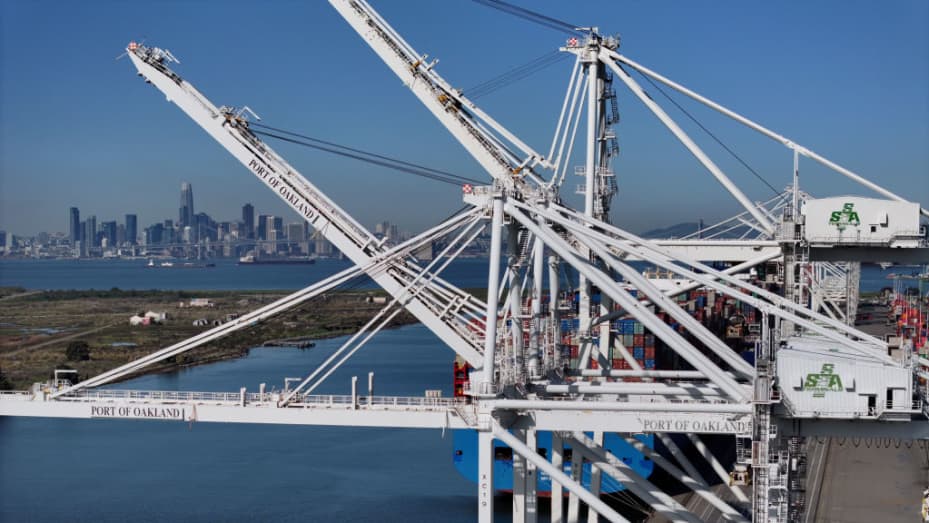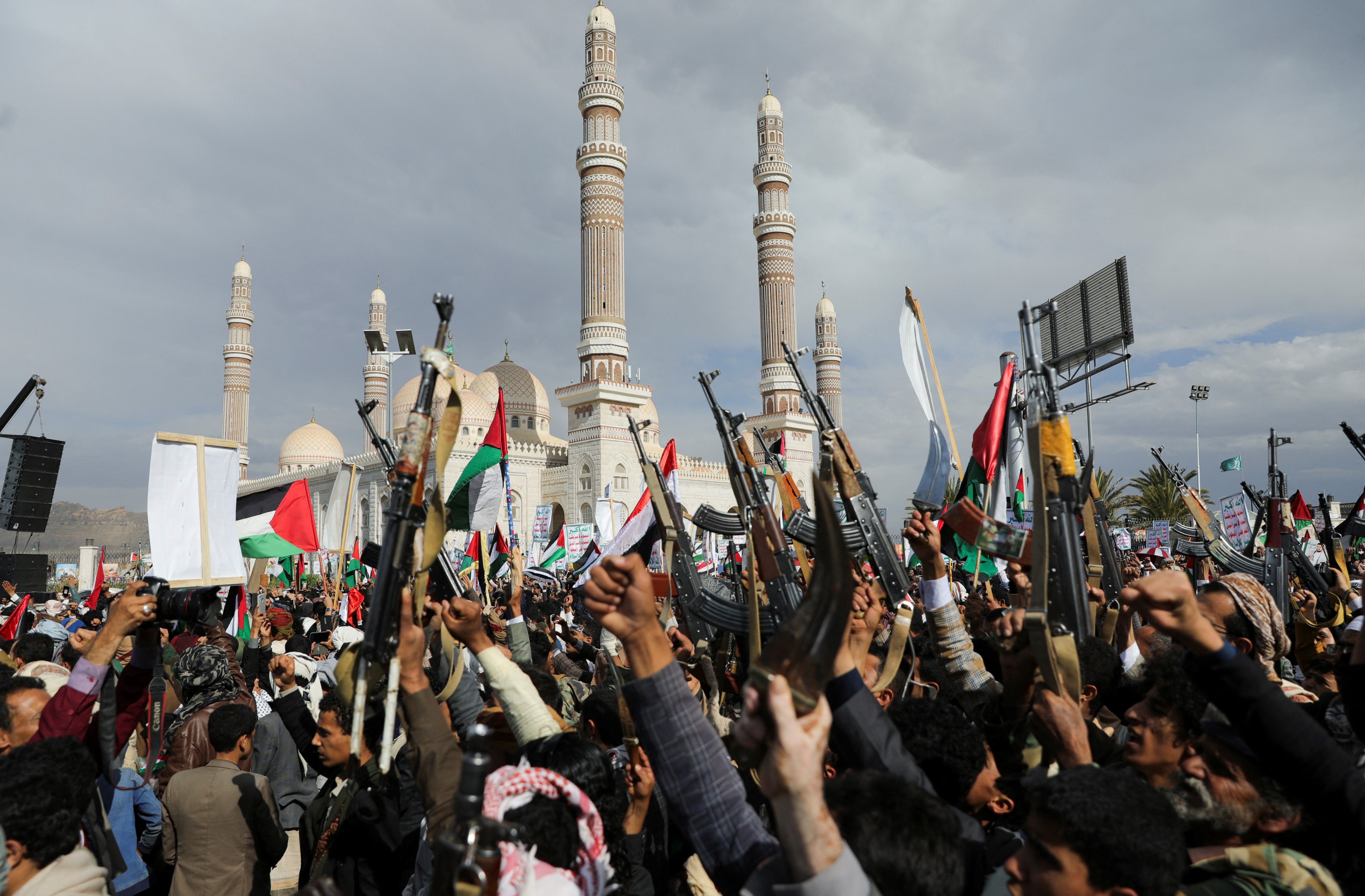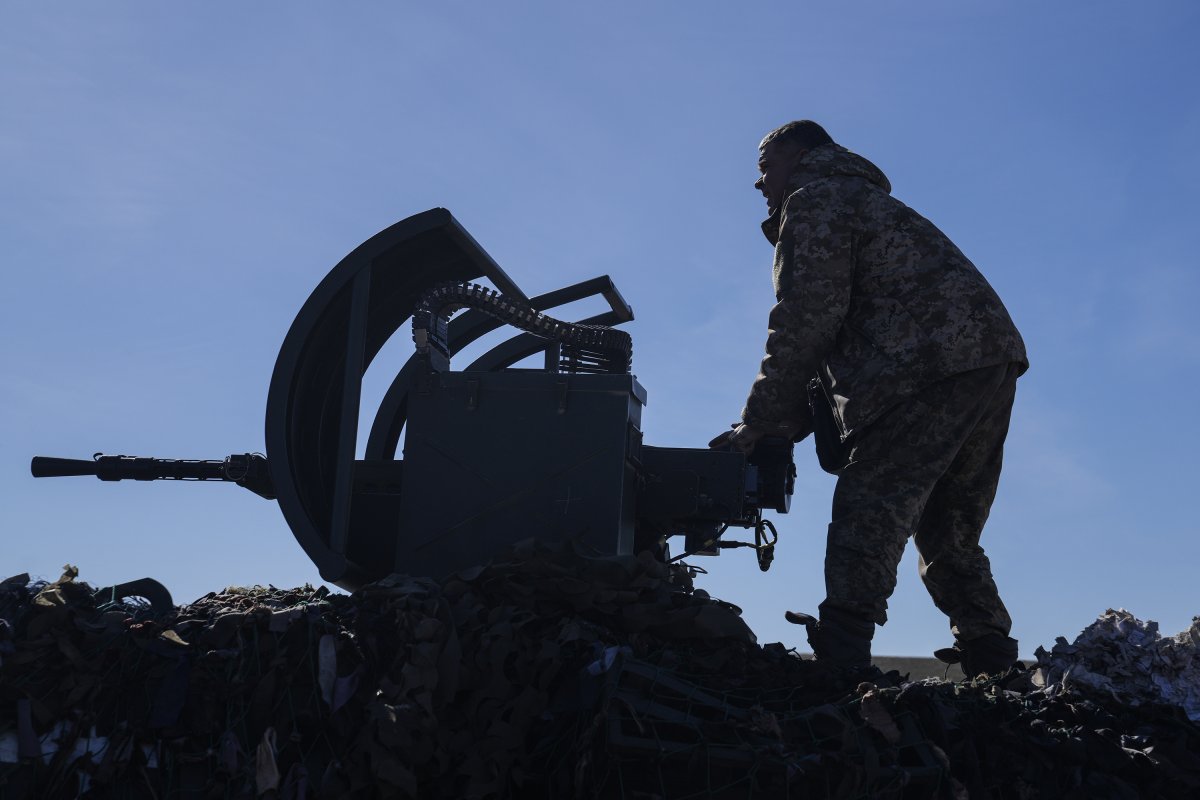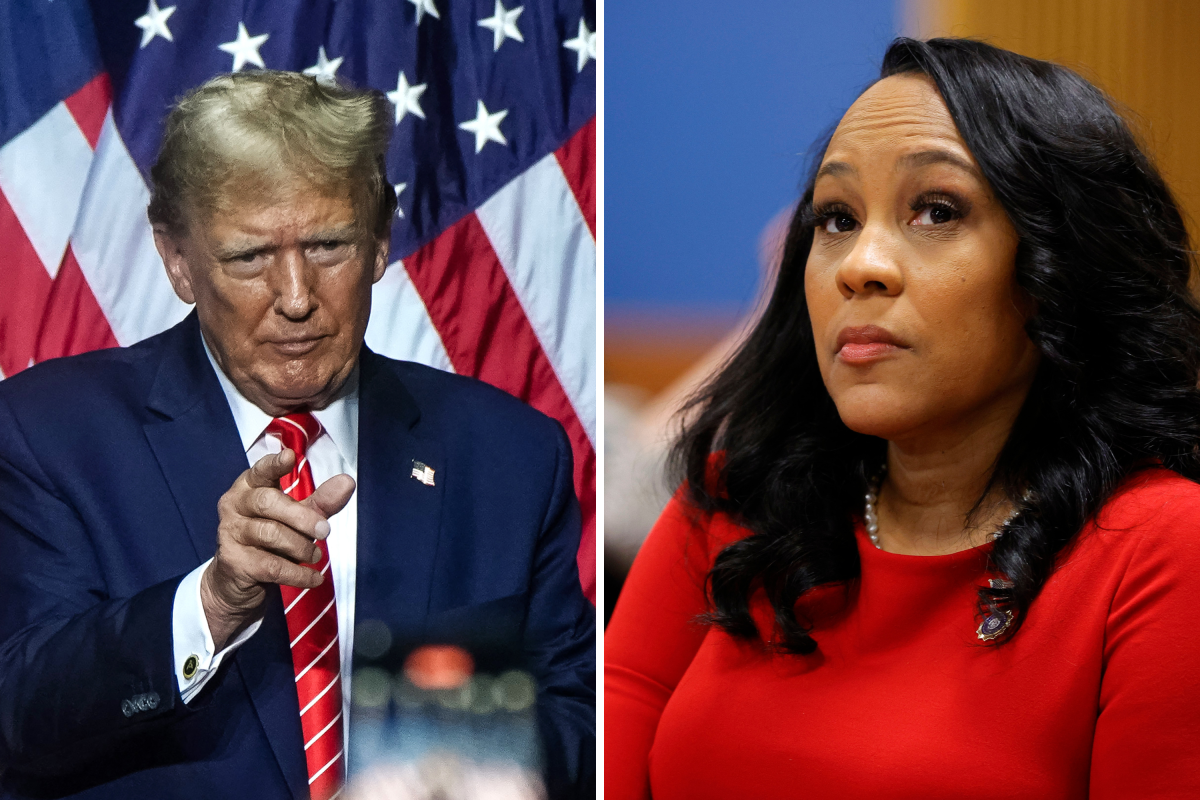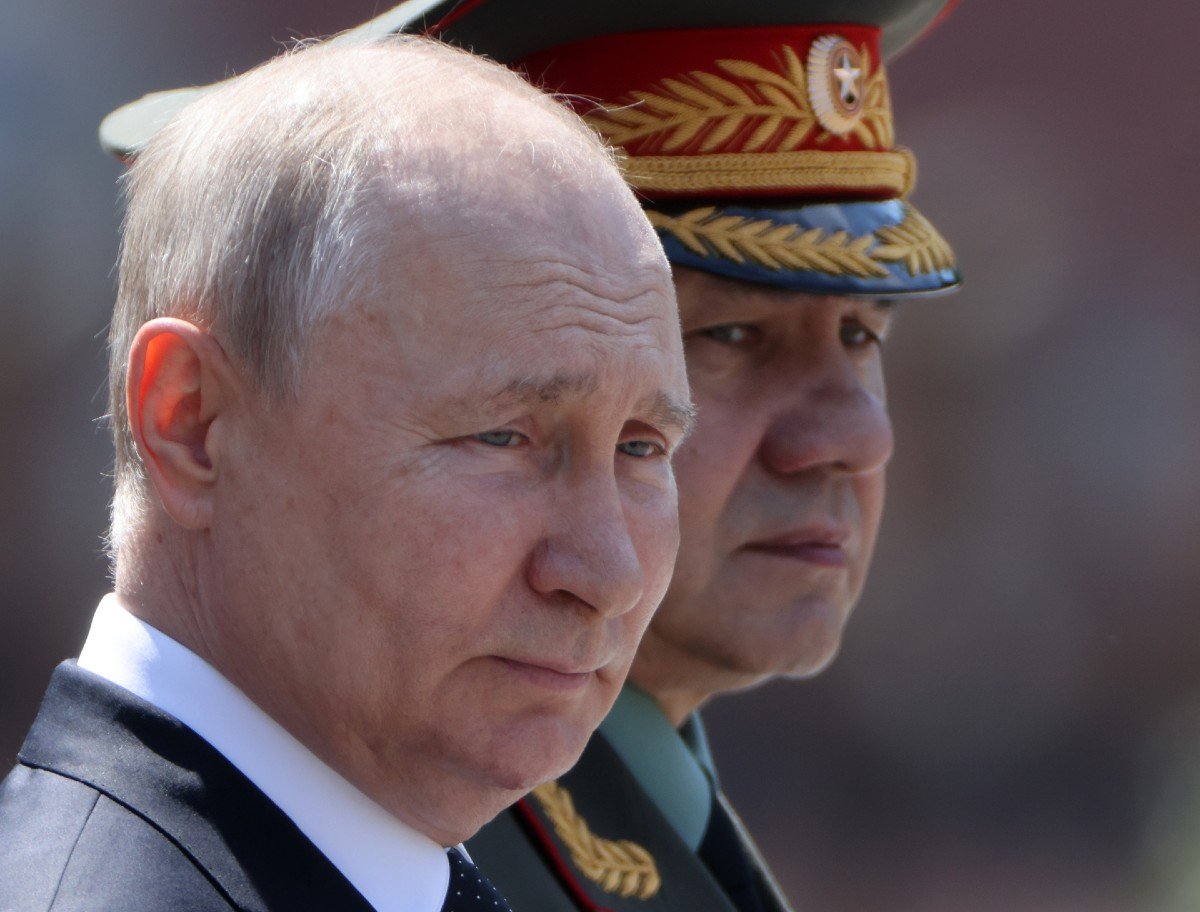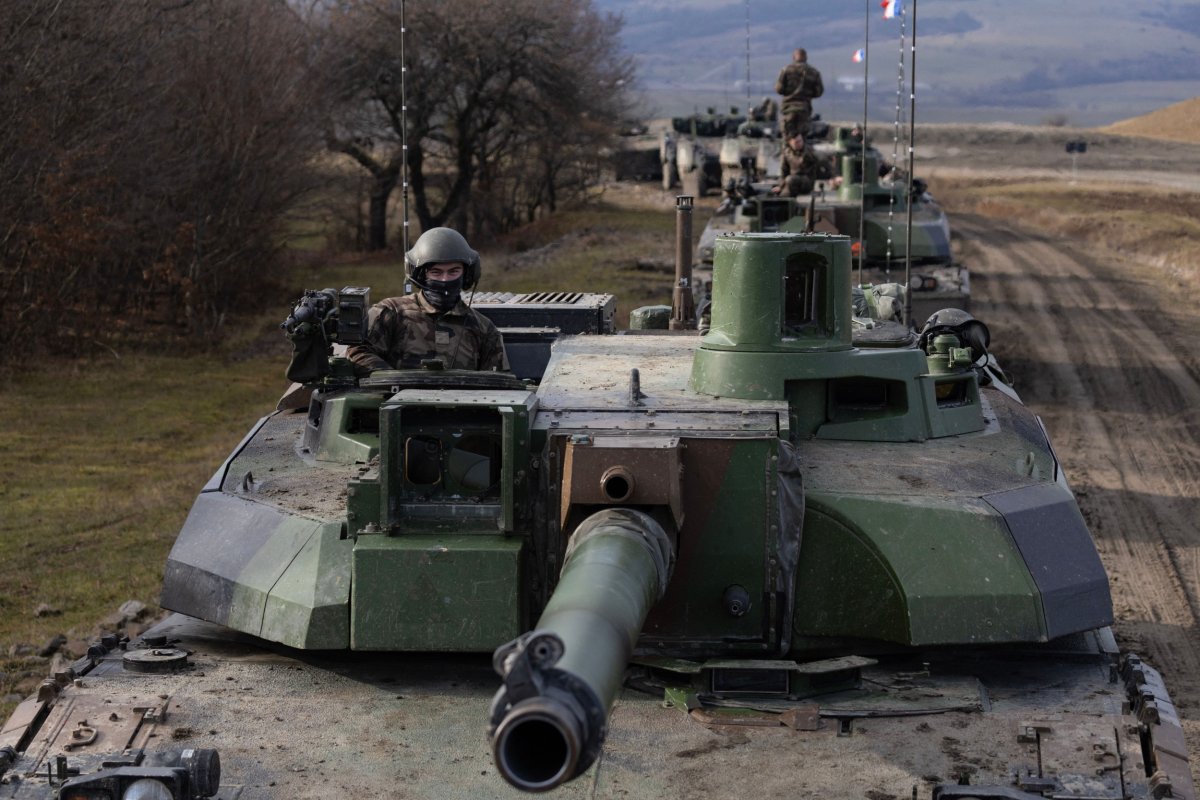Lior Sternfeld
Executive Summary
In the Middle East, reality can change in the blink of an eye. Misconceptions and misrepresentations that dominate the public discourse have it that the region has been embroiled in war since time immemorial. Still, even its most recognizable conflict—the Israel-Palestine dispute—has been going on for only a century. This report will not focus on the history of that conflict but instead will try to analyze the realignment of the key players in the region and beyond and point out several pathways to build on in securing peace.
Since the end of the Cold War, the United States has been the sole global superpower. The change in world politics and the demise of the Soviet Union did not end the perception of alliances as zero-sum games. The War on Terror, the debacle of Iraq and Afghanistan, the rise of movements such as al-Qaeda and the Islamic State, the Arab Spring, and the collapse of old state structures, somehow fortified this approach over a more nuanced and pragmatic approach. Since the early 1990s, China entered as a secondary force and slowly gained a different status. This report examines the changes the Chinese doctrine might bring to the geopolitics in the region. Furthermore, it will examine the role China has played in the reshaping of the Middle East as a multipolar region, the transformation in the American role, and identify areas where the United States can take advantage of the new multipolarity in the region in light of Chinese activity.
Introduction
On December 9, 1987, the First Intifada broke out when an Israel Defense Forces truck collided with a Palestinian car in the Jabalia refugee camp in the Gaza Strip and killed four of its passengers. The response, fueled by the frustration of the twenty years since the 1967 occupation, was a call for a widespread uprising, throwing stones and Molotov cocktails at the Israeli Defense Force patrols, checkpoints, and soldiers and strikes throughout the Gaza Strip and the West Bank. For the first time since 1967, the Israeli public realized that the occupation, the trips to the cheap markets of Ramallah, Jenin, Nablus, and Gaza, and the cheap workforce of the Palestinian workers who were most of the construction workforce in Israel, all came with a price. During the First Intifada, a four-year period from 1987 to 1991, about 200 Israelis and almost 2,000 Palestinians died.
